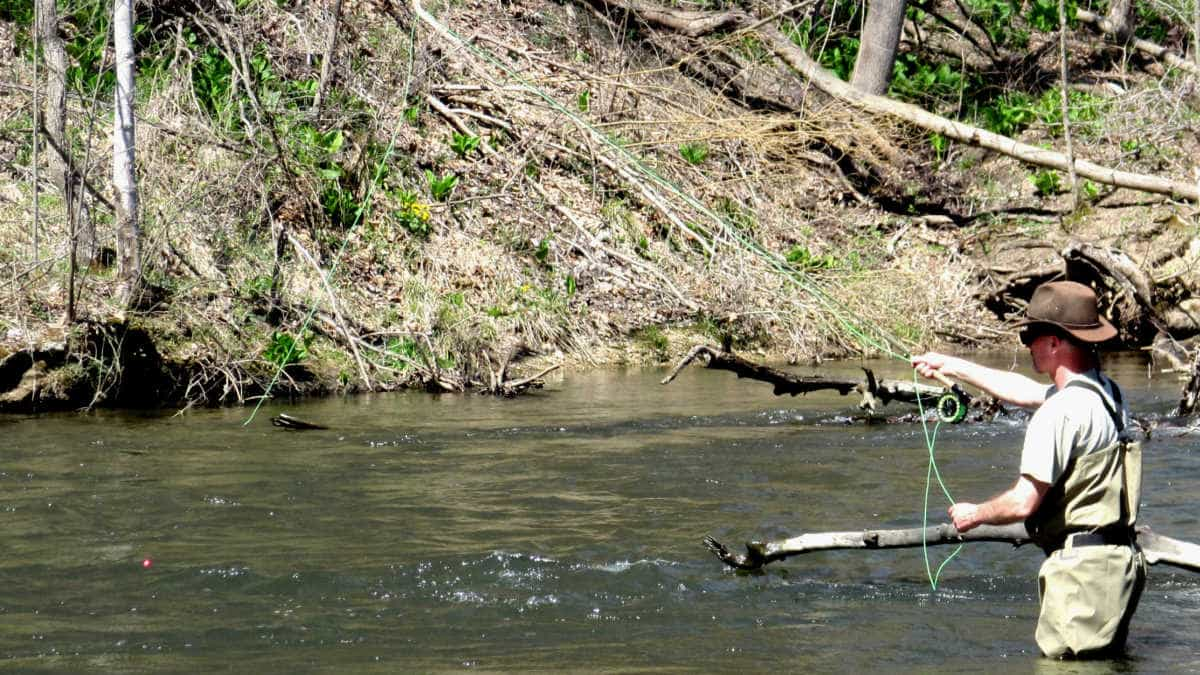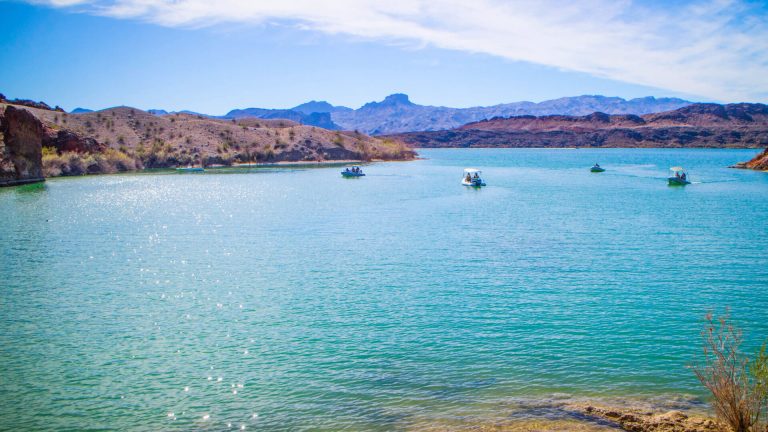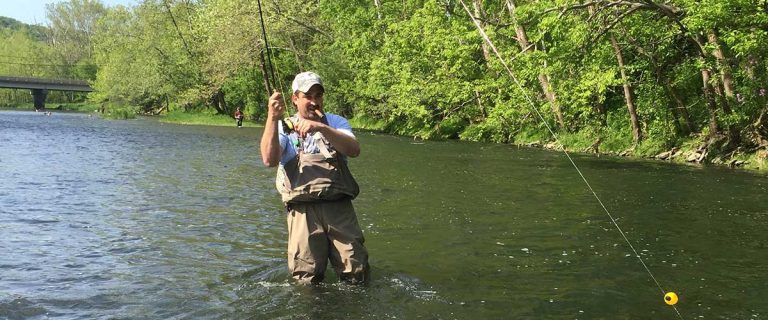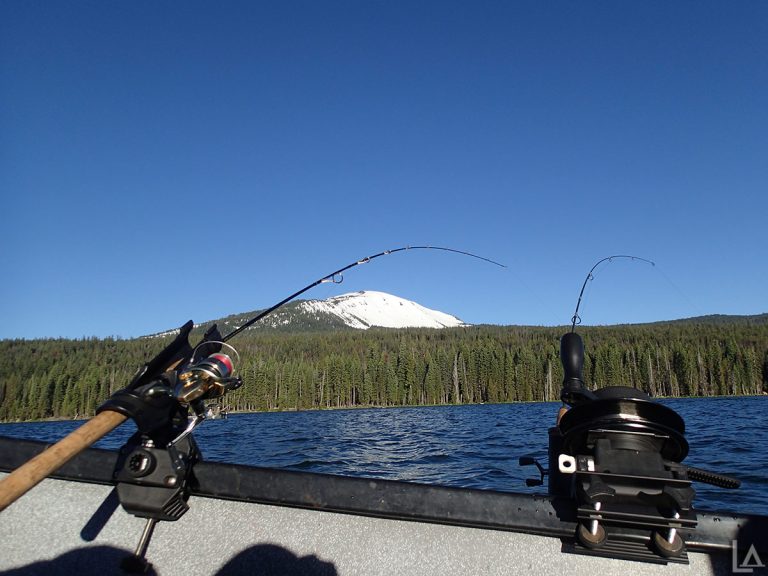Minnesota stands as the undisputed capital of muskie fishing in the United States, home to the legendary “fish of 10,000 casts” and over 100 managed muskie lakes. For anglers seeking trophy muskellunge (Esox masquinongy), understanding both licensing requirements and identifying the most productive waters is essential for success. This comprehensive guide covers everything you need to plan your Minnesota muskie adventure, with special focus on the waters most likely to produce that fish of a lifetime.
License Requirements for Minnesota Muskie Fishing
Before pursuing trophy muskies, you must obtain the proper Minnesota fishing license. The Minnesota Department of Natural Resources (DNR) enforces these regulations to maintain sustainable fisheries.
License Options and Costs
Minnesota offers several fishing license options suitable for muskie anglers:
| License Type | Resident Fee | Non-Resident Fee | Duration |
|---|---|---|---|
| Individual Annual | $25 | $51 | 365 days |
| 24-Hour | $12 | $14 | 24 hours |
| 72-Hour | $14 | $36 | 72 hours |
| 7-Day | N/A | $43 | 7 consecutive days |
| Sports (includes hunting) | $41 | $94 | 365 days |
You can purchase licenses online through the Minnesota DNR website or via US Fishing Licenses’ Minnesota page, which also provides detailed information about regulations and requirements.
Muskie-Specific Regulations
While no special endorsement is required specifically for targeting muskies, anglers should know:
- Muskie Season: Generally runs from early June through early December (check current regulations for exact dates)
- Size Limit: 54-inch minimum length for harvest on most waters
- Bag Limit: One muskie per angler
- Catch and Release: Strongly recommended by conservation organizations and practiced by most serious muskie anglers
For complete and current regulations, visit the Minnesota DNR fishing regulations page or check US Fishing Licenses’ Minnesota regulations section.
Trophy Muskie Destinations in Minnesota
Minnesota’s reputation for producing trophy muskies is well-deserved, with numerous lakes offering the potential for fish exceeding 50 inches. Based on current DNR data and angler reports, here are the premier destinations for serious muskie hunters:
Tier 1: Legendary Trophy Waters
Mille Lacs Lake
- Size: 132,000 acres
- Trophy Potential: Exceptional (current state record 58.25″)
- Key Features: Extensive rock reefs, weed edges, and deep basin structure
- Best Season: Late September through November for the largest specimens
Mille Lacs consistently produces more 50″+ muskies than any other Minnesota lake and holds the current state record. The lake’s diverse structure and abundant forage base create ideal conditions for growing truly giant muskies.
Lake Vermilion
- Size: 40,000 acres
- Trophy Potential: Excellent (multiple 50″+ fish documented annually)
- Key Features: Complex island structure, sharp breaks, and numerous bays
- Best Season: Mid-August through October
Vermilion’s reputation for trophy muskie production continues to grow, with exceptional numbers of large fish and slightly less pressure than more accessible waters. Its complex structure provides countless locations for ambush predators.
Leech Lake
- Size: 111,527 acres
- Trophy Potential: Outstanding (numerous 50″+ fish)
- Key Features: Extensive shallow flats transitioning to deep water
- Best Season: July through October
Home to native-strain muskies, Leech Lake consistently produces trophy-class fish. The lake’s expansive size allows fish to grow with minimal pressure, and its diverse ecosystem supports rapid growth rates.
Tier 2: Exceptional Trophy Potential
Lake Minnetonka
- Size: 14,528 acres
- Trophy Potential: Excellent (multiple 50″+ fish annually)
- Key Features: Complex structure with abundant forage
- Notes: Despite heavy recreational traffic, remains one of the state’s premier muskie waters
Alexandria Chain of Lakes
- Notable Lakes: Miltona, Carlos, Darling
- Trophy Potential: Very good (48-52″ fish reported regularly)
- Key Features: Clear water with diverse structure
- Notes: Lake Miltona particularly known for quality muskies
Cass Lake Chain
- Lakes: Cass, Pike Bay, Winnibigoshish
- Trophy Potential: Good to very good (48-52″ range common)
- Key Features: Extensive shallow structure and deep water transitions
- Notes: Consistent producer with expanding trophy potential
For detailed information about specific lakes, visit the Minnesota DNR’s LakeFinder tool, which provides survey data, stocking information, and regulations for individual waters.
Seasonal Strategies for Trophy Success
Understanding seasonal patterns dramatically increases your chances of connecting with a trophy muskie in Minnesota waters. These patterns are essential knowledge for maximizing limited fishing time.
Fall Trophy Period (September-November)
The prime time for true giants. Minnesota’s trophy muskie fishing peaks in fall when fish feed aggressively before winter:
- Location: Focus on deep structure adjacent to shallow feeding areas
- Prime Structure: Sharp breaks, points extending to deep water
- Presentation: Large rubber baits (12-16″), glide baits, and slow-moving jerkbaits
- Weather Patterns: Cold fronts and falling water temperatures typically trigger feeding activity
Pro Tip: The final two weeks before ice formation often produce the season’s largest specimens, particularly on Mille Lacs and Vermilion.
Summer Patterns (July-August)
- Location: Established weed edges, rocky structure, and mid-depth flats
- Presentation: Bucktails, topwater lures, and medium-sized rubber baits
- Timing: Early morning, evening, and night periods are most productive
- Weather Influence: Major weather changes frequently trigger feeding windows
Early Season (June-early July)
- Location: Shallow bays and emerging weed growth
- Presentation: Smaller bucktails, shallow-running crankbaits
- Pattern: Post-spawn recovery period means inconsistent but possible action
Learn more about seasonal fishing strategies from the US Fishing Licenses blog which provides regional-specific tactics.
Essential Gear for Minnesota Muskie Fishing
Trophy muskie pursuit requires specialized equipment capable of handling powerful predators and presenting large lures effectively:
Rod and Reel Selection
- Rod: Heavy to extra-heavy action, 8’6″ to 9′ length for casting, 7’6″ for topwater
- Reel: High-capacity baitcasting reel with smooth drag (Shimano Tranx, Abu Garcia Revo Toro)
- Line: 80-100 lb test braided line
- Leader: 100-130 lb fluorocarbon or wire leader (minimum 12″)
Must-Have Lures for Minnesota Muskies
| Lure Type | Recommended Models | Best Applications |
|---|---|---|
| Bucktails | Double Cowgirl, Medusa | Summer, clear water conditions |
| Rubber Baits | Bull Dawg, Pounder, Medusa | Fall, stained water, deep presentations |
| Topwater | TopRaider, Pacemaker | Summer mornings/evenings, calm conditions |
| Jerkbaits | Suick, Phantom, Jake | Fall, clear water situations |
| Glide Baits | Hellhound, PhaseFour, Headlock | Fall trophy hunting |
Landing and Release Equipment
Proper equipment ensures both angler safety and fish survival:
- Landing Tools: Large, rubber-coated net or muskie cradle
- Release Tools: Long-nose pliers, heavy-duty hook cutters, jaw spreaders
- Measurement: Bump board or flexible tape measure
- Documentation: Waterproof camera for quick photos
Visit the Minnesota DNR’s proper handling guidelines for detailed information on safely handling and releasing trophy muskies.
Conservation and Management
Minnesota’s world-class muskie fishery depends on strong conservation practices and science-based management:
Current Management Challenges
- Habitat Preservation: Protecting critical spawning and nursery areas
- Stocking Adjustments: The DNR has reduced stocking in some waters due to budget constraints
- Water Quality: Maintaining water quality is essential for sustaining healthy populations
- Invasive Species: Prevention of zebra mussels, spiny waterflea, and other invasives
Angler Best Practices
Responsible muskie anglers follow these conservation practices:
- Quick Handling: Minimize time out of water (under 30 seconds ideally)
- Proper Support: Support fish horizontally, never vertically by the jaw
- Temperature Consideration: Consider not targeting muskies during extreme heat (water temps above 80°F)
- Release Technique: Support fish upright in water until it recovers and swims away under its own power
For more information on muskie conservation efforts, visit Muskies Inc. or the Minnesota DNR’s fisheries management page.
Planning Your Minnesota Muskie Trip
Prime Times to Visit
- Trophy Hunting: Late September through November offers the best chance for a true giant
- Most Action: July through August typically provides more consistent action
- Least Pressure: Weekdays and shoulder seasons see significantly less fishing pressure
Guide Services
Consider hiring a professional guide for your first Minnesota muskie adventure:
- Mille Lacs Area: Multiple specialized guides with decades of experience
- Lake Vermilion: Several established guides with proven trophy success
- Metro Area: Guides focusing on Minnetonka and other Twin Cities waters
For more information on planning your Minnesota fishing trip, visit Explore Minnesota or check resources at US Fishing Licenses’ Minnesota page.
Conclusion
Minnesota offers North America’s finest muskie fishing opportunities, with multiple waters capable of producing the fish of a lifetime. By understanding license requirements, focusing on proven trophy destinations, and employing seasonal strategies, anglers maximize their chances of connecting with these elusive apex predators.
Before planning your trip, ensure you have the proper license by visiting US Fishing Licenses and check current regulations through the Minnesota DNR to stay compliant with all requirements. The pursuit of trophy muskies represents one of fishing’s greatest challenges—and Minnesota stands as the premier destination for experiencing this ultimate freshwater adventure.







